Don't wanna be here? Send us removal request.
Text
“O ye’ll tak’ the high road, and Ah’ll tak’ the low (road) And Ah’ll be in Scotlan’ afore ye Fir me an’ my true love will ne-er meet again On the bonnie, bonnie banks o’ Loch Lomon’.”
— The Bonnie Banks o’ Loch Lomond (Loch Lomond) - Andrew Lang (via thunderontheplains)
19 notes
·
View notes
Photo
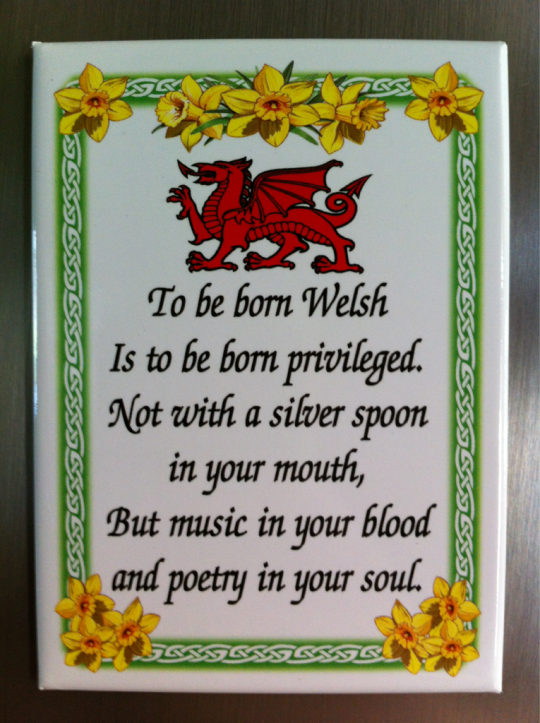
29 notes
·
View notes
Text
“He who comes with a story to you brings two away from you.”
— Irish proverb (via thunderontheplains)
3 notes
·
View notes
Photo
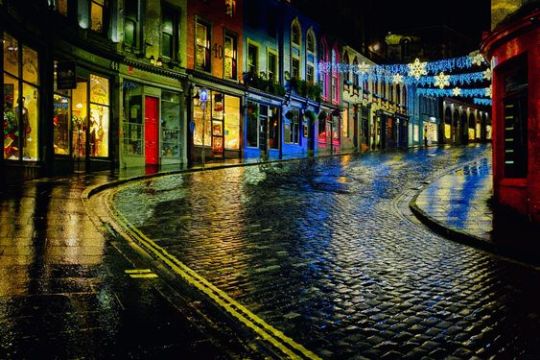
Edinburgh at Christmas
99 notes
·
View notes
Photo
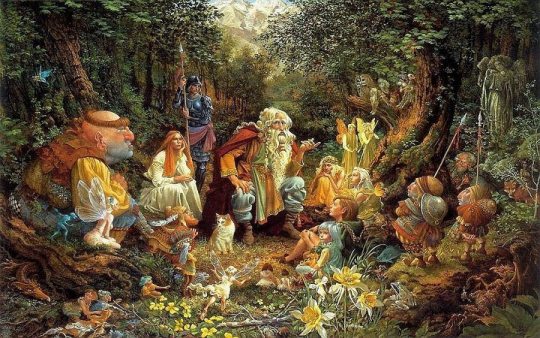
The Welsh Deities
Gwydion is the god at the center telling a story. He’s recognized to have won everyones praise and admiration through his title of the best story teller in the world.
52 notes
·
View notes
Photo

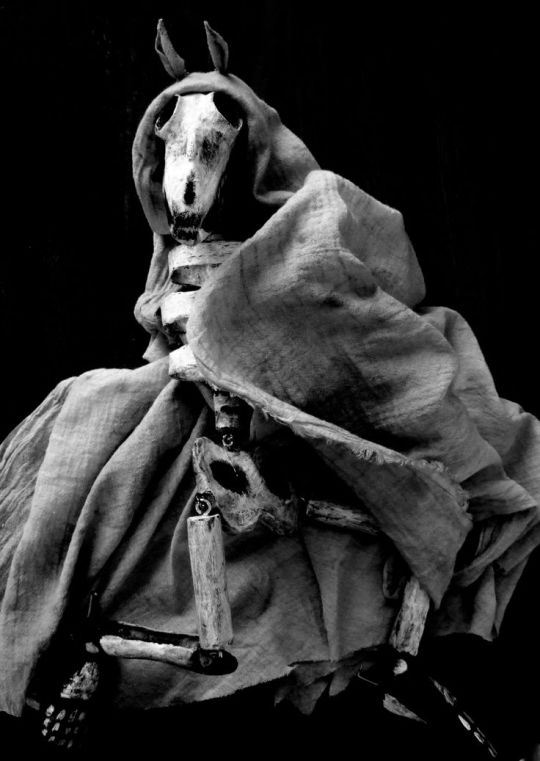
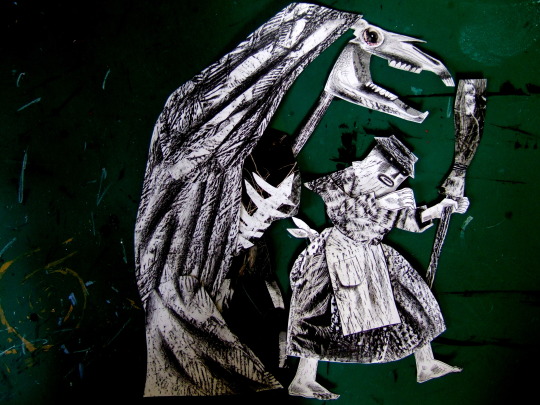
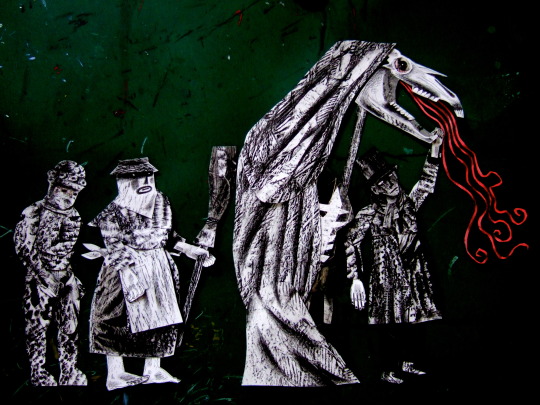
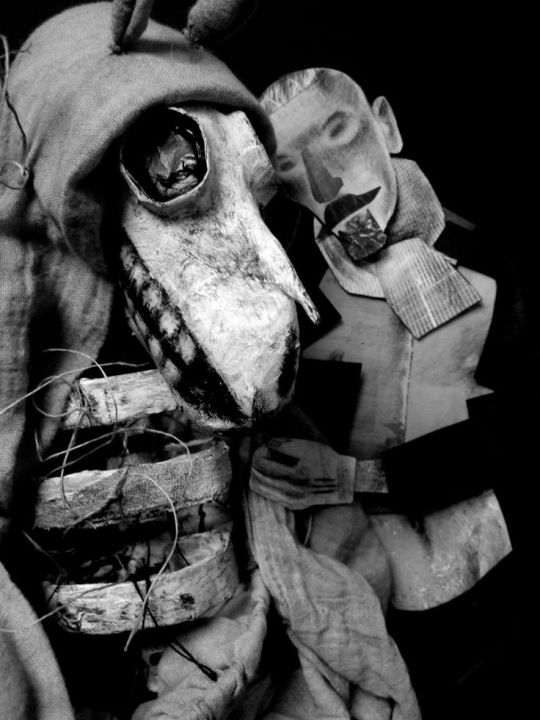

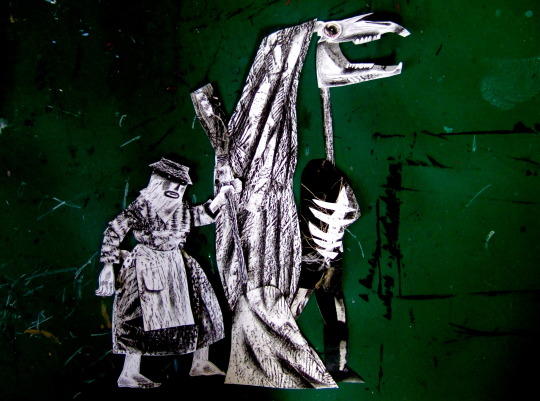
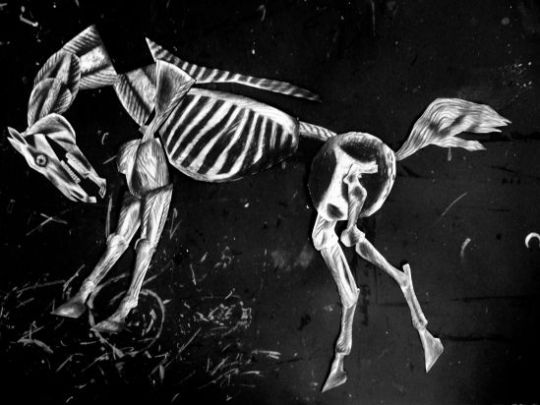
“ … the relative unimportance of things female in the Midwinter antics shows us, in fact, the other side of the coin. This is the time of the male principle … For the crops (or babies) to grow, the earth (or female) must be inseminated by the male; and after insemination, one must wait awhile before seeing evidence of new life. Normally the new life appears in the fields in the spring, therefore the insemination must be ritually encouraged earlier–in the winter and/or at the time of plowing and sowing.
… Note that all these maskers and mummers are traditionally men. When female personae are needed for enacting little dramas, men play the parts cross-dressed. This, of course, only adds to the general hilarity, and laughter, like dancing and jumping, was felt to promote life.
Evidently male magical power, in the European agrarian tradtions, is expressed through masking the men … . ”
–Elizabeth Wayland Barber, The Dancing Goddesses —- In Wales and other heavily Celtic areas, a horseheaded demon called the Mari Lwyd “Grey Mare” thumped high windows and clacked its jaw threateningly at passerby on one or more of the Twelve Nights. This huge, terrifying apparition consisted of a horses skull (or life-size wooden imitation) fixed on the end of a pole like a hobbyhorse, while a white sheet or horsehide concealed the person carrying it. A rope attached to the movable lower jaw allowed the carrier to snap it loudly and menacingly as the creature ant its disguised companions roved about. Its less scary cousin, the wooden hobbyhorse, ridden astride with or without clacking jaw-bone, also made the rounds in rural England during this season, sometimes accompanied by Morris dancers or bands of mummers disguised as old men and women. In fact, our expression old geezers comes from these decrepit looking dis-guisers. In England and American ,the wooden hobbyhorse, like Halloween and many other ancient customes ended up in the hands of children, although in Romania the causari still use it.
46 notes
·
View notes
Text
“Bum gall unwaith - hynny oedd, llefain pan ym ganed.”
—
-Welsh proverb (Translation: “I was wise once, when I was born I cried.”) (via anortherncalamity)
What a sad phrase!
(via thunderontheplains)
11 notes
·
View notes
Photo
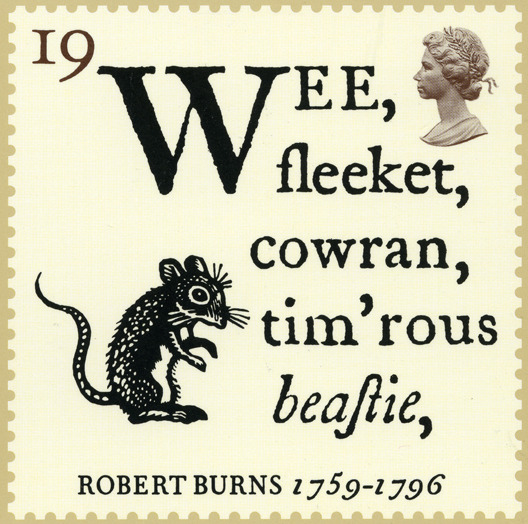
60 notes
·
View notes
Photo
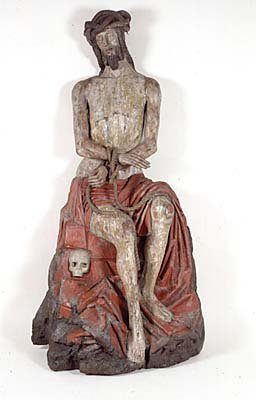
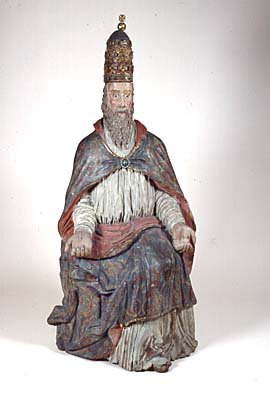

Three late medieval figures from Fethard, Co. Tipperary, Ireland. Carved from oak wood, they represent Christ on Calvary, God the Father and St. John Baptist.
More info
61 notes
·
View notes
Text
An Irish Blessing -
May the roof above us never fall in, and may the friends gathered below it never fall out.
3 notes
·
View notes
Photo


More festive art, this time it’s a Mari Lwyd!
Mari Christmas edition: https://www.redbubble.com/people/marvellyous/works/65395154-mari-lwyd-mari-christmas-version?asc=u
Nadolig Llawen edition:https://www.redbubble.com/people/marvellyous/works/65393826-mari-lwyd-nadolig-llawen-version?asc=u
28 notes
·
View notes
Text
“Ireland, sir, for good or evil, is like no other place under heaven, and no man can touch its sod or breathe its air without becoming better or worse.”
— George Bernard Shaw, Irish playwright (via thunderontheplains)
4 notes
·
View notes
Photo
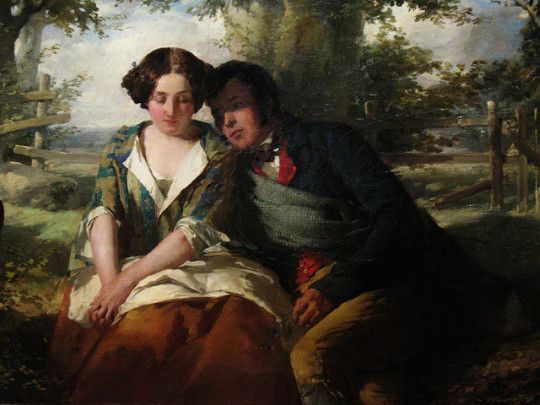
Painting of ‘Highland Mary’ and Robert Burns “Highland Mary” by SCOTTISH Painter Thomas Faed (1826 – 1900) was a Scottish painter who is said to have done for Scottish art what Robert Burns did for Scottish song.
In 1786 Robert Burns had a brief affair with a woman called Mary Campbell. History knows her as “Highland Mary”. Burns dedicated three poems to Mary Campbell, “The Highland Lassie O”, “Highland Mary” and “To Mary in Heaven”. The same year, 1786, Mary contracted a fever and died.
25 notes
·
View notes
Photo

2K notes
·
View notes
Photo
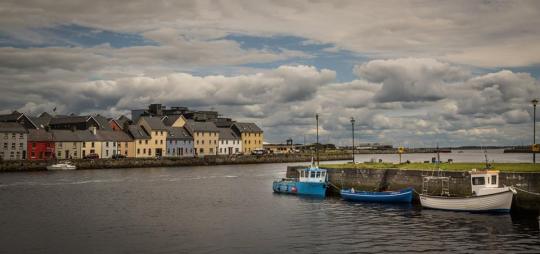
Galway Bay, County Galway, Ireland
54 notes
·
View notes
Photo
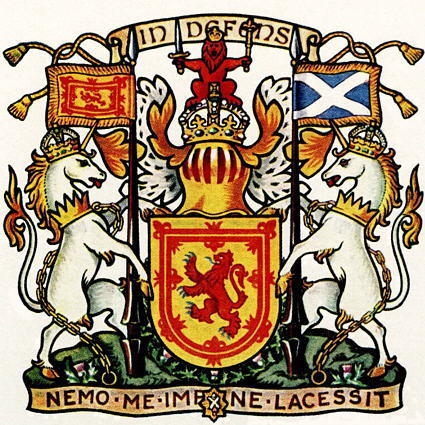
13 notes
·
View notes
Text
There was an old man who said, “Do Tell me how I’m to add two and two? I’m not very sure That it doesn’t make four - But I fear that it almost too few.”
2 notes
·
View notes